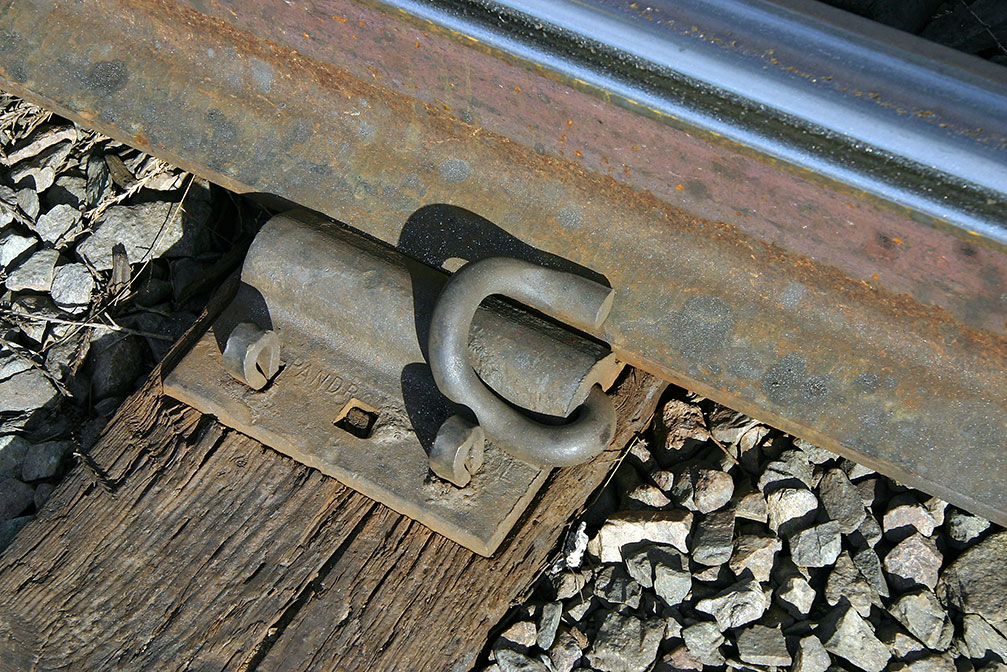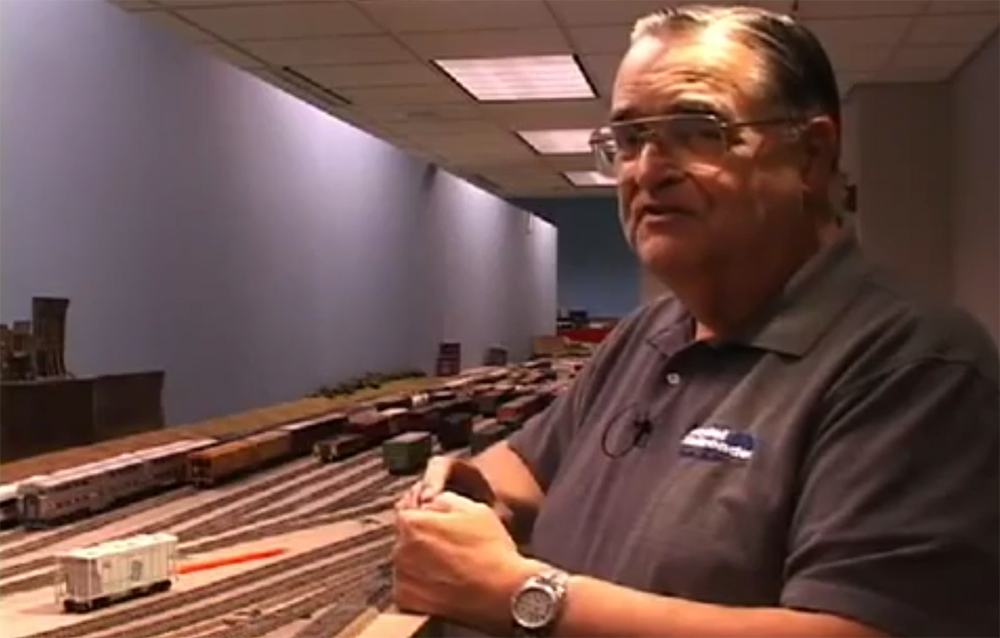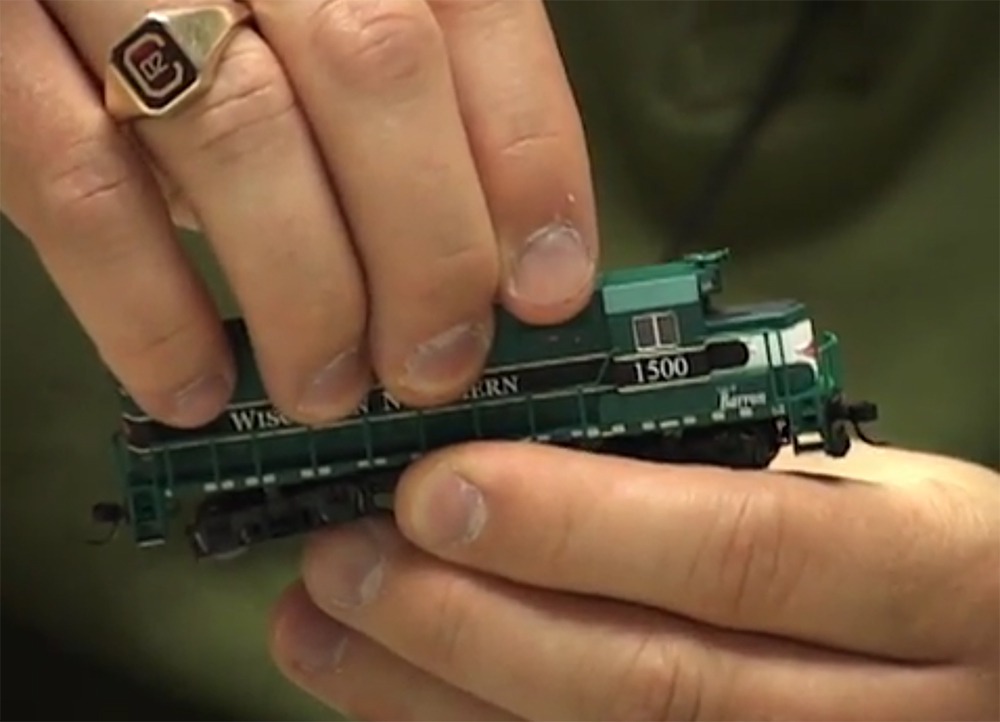
A Pandrol e-clip elastic rail fastener secures the rail to the tie, along with a type of hairpin spike. TRAINS: Kathi Kube Q How do Pandrol clips secure rails to concrete or wooden ties?— John Trifari, Sunnyvale, Calif. A The clips are made of spring steel and must be pressed into position by machinery or […]
Read More…
Q On which railroad was the 1975 movie “Breakheart Pass” filmed? — Klaus Schmidt, Sleepy Hollow, N.Y. A “Breakheart Pass” was filmed on the Camas Prairie Railroad, a short line in Northern Idaho. Originally a cooperative building effort by predecessors of the Union Pacific and the BNSF in the early 20th century, as of 2004, […]
Read More…

Southern Railway SD45 No. 3121 leads long hood forward on a unit coal train at Oreton, Va., in 1984. Such design enhanced bidirectional capability. Ron Flanary Q When did railroads such as the Norfolk & Western stop running their road engines “long hood first?” How effective was this practice for crew safety? Did it have […]
Read More…

Having trouble viewing this video? Please visit our Video FAQ page Model Railroader senior editor Jim Hediger shows how to use a National Model Railroad Association gauge to check the spacing of different aspects of track and your model trains. […]
Read More…

Having trouble viewing this video? Please visit our Video FAQ page Model Railroader senior editor Jim Hediger shows how to use a National Model Railroad Association gauge to check the spacing of different aspects of track and your model trains. […]
Read More…
Q Why do modern locomotive throttles still use notches?— Ben Redl, Williams Lake, B.C. A The primary reason is to help the locomotive’s engineer direct a specific response from the locomotive. Engine RPM speed must be increased gradually during normal operation. As the engineer demands more power from the locomotive by moving a notch at […]
Read More…

Having trouble viewing this video? Please visit our Video FAQ page Model Railroader associate editor Cody Grivno gives you an overview of the different types of adhesives that he uses for various structure projects. Cody will also give you a tip for adding interior bracing to make a finished structure model more durable. […]
Read More…

Having trouble viewing this video? Please visit our Video FAQ page Model Railroader associate editor Cody Grivno gives you an overview of the different types of adhesives that he uses for various structure projects. Cody will also give you a tip for adding interior bracing to make a finished structure model more durable. […]
Read More…

Having trouble viewing this video? Please visit our Video FAQ page Whether you’re installing a Digital Command Control (DCC) decoder or preparing for a painting project, there are times when you’ll need to remove the body shell from a locomotive model. Model Railroader associate editor Cody Grivno shows you tips for easily and carefully […]
Read More…

Having trouble viewing this video? Please visit our Video FAQ page Whether you’re installing a Digital Command Control (DCC) decoder or preparing for a painting project, there are times when you’ll need to remove the body shell from a locomotive model. Model Railroader associate editor Cody Grivno shows you tips for easily and carefully […]
Read More…
Q What does it mean when diesel locomotives are “isolated?”— Ray Russell, Naples, Fla. A “Isolating” a particular locomotive in a multiple-unit consist means that the prime mover is still running, but the main generator and electrical system for propulsion are disconnected. The locomotive will not respond to throttle settings and essentially is along for […]
Read More…

Chesapeake & Ohio 2-8-4 No. 2707 is moved to Brookside Park in Cleveland in the mid-1950s. C&O Q In the 1960s and ’70s, I saw a steam locomotive in Brookside Park near the Cleveland Zoo. A group removed it later. Was it restored or scrapped? — Larry Matus, North Ridgeville, Ohio A The locomotive in […]
Read More…






